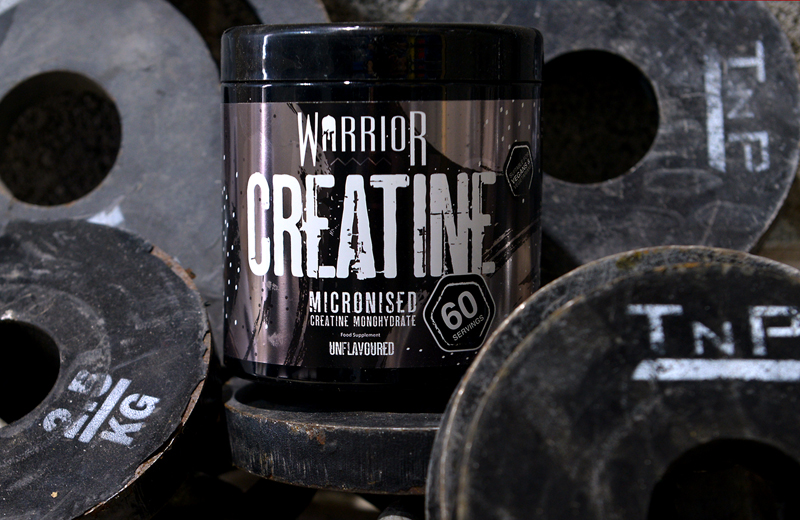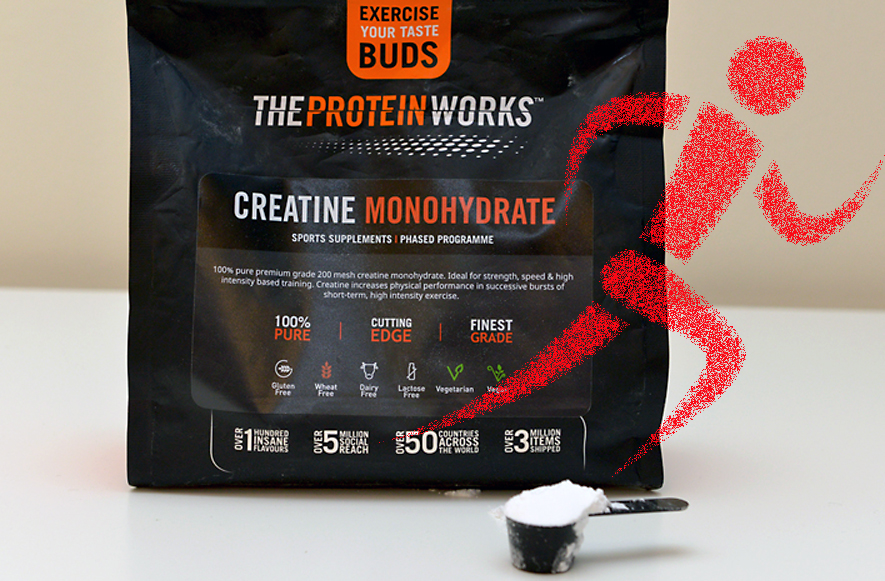You are viewing 1 of your 1 free articles. For unlimited access take a risk-free trial
Triphala: Look East for health and longevity!

Ayurvedic medicine is one of the world's oldest holistic healing systems. Developed more than 3,000 years ago in the region of Asia that we now know as India, Ayurvedic medicine is based on the belief that health and wellness depend on a delicate balance between the mind, body, and spirit. Cynics among you might assume that the Ayurvedic approach to health is all very well in theory, but no match for our hardcore, evidence-based Western medicine. However, you’d be wrong because new research on some of the herbs recommended by Ayurvedic practitioners is causing considerable excitement – even among hardened, cynical Western researchers!
Triphala and health
One of the cornerstones of gastrointestinal and rejuvenative treatment in Ayurvedic medicine is a well-recognised herb blend known as ‘Triphala’. This blend consists of extracts of fruits of the plant species Emblica officinalis (Amalaki), Terminalia bellerica (Bibhitaki), and Terminalia chebula (Haritaki). Traditionally used to stimulate digestion and to improve the health of the gut system generally, recent research on Triphala has found a number of other potential benefits.In one study published last year, researchers reviewed the scientific literature and concluded that Triphala could be potentially effective for several clinical uses (J Altern Complement Med. 2017 Aug;23(8):607-614). These include appetite stimulation, reduction of hyperacidity, antioxidant, anti-inflammatory, immunomodulating, antibacterial, antimutagenic, adaptogenic, hypoglycemic, antineoplastic, chemoprotective, and radioprotective effects, and the prevention of dental caries.
The theory behind these beneficial effects is that in addition to laxative action of Triphala, the high levels of antioxidants (polyphenols) positively change the human gut flora, enhancing the growth of beneficial gut bacteria such as Bifidobacteria and Lactobacillus - while at the same time inhibiting the growth of undesirable gut microbes including potential pathogens (harmful bacteria) such as Citrobacter freundii and Klebsiella pneumoniae.
In another study published earlier this year (J Altern Complement Med. 2018 Mar 22. doi: 10.1089/acm.2017.0422. [Epub ahead of print]), researchers looked at bacterial cultures (derived from the human gut) to which Triphala had been added. Like the study above, the results showed that Triphala supplementation increased the abundance of many bacteria known to promote human health, including Bifidobacterium spp., Lactobacillus spp., and Bacteroides spp. In addition, it reduced the relative abundance of many other species, including potential pathogens.
Longer, healthier life
Now a brand new study has looked at the effects of a combination of probiotics (ie healthy bacteria - the kind you can buy as a supplement and found in fermented foods such as live yoghurt) and Triphala on the lives and health of fruit flies (Artif Cells Nanomed Biotechnol. 2018 Apr 12:1-15. doi: 10.1080/21691401.2018.1458731. [Epub ahead of print]). What this study found was that flies fed with the probiotic/Triphala supplement lived up to 66 days – nearly 50% longer than the flies given no supplement. They also showed reduced traits of aging, such as decreased insulin resistance, inflammation, and oxidative stress. It’s true that fruit flies and mammals only share about 70 percent similarity in biochemical pathways, so the effects in humans would likely not be as dramatic. But as the researchers commented: “Our results definitely suggest that a diet specifically incorporating Triphala along with these probiotics will promote a long and healthy life.”The gut-brain connection
Why could such a supplement produce such potentially profound changes in the gut and elsewhere? Well, according to the lead researcher, Professor of Biomedical Engineering Satya Prakash, at McGill University, probiotics dramatically change the architecture of the gut microbiota - not only in terms of its composition but also in respect to how the foods that we eat are metabolised. This allows a single probiotic formulation to simultaneously act on several biochemical signalling pathways to elicit broad beneficial physiological effects, and explains why a single formulation had such a dramatic effect on so many different markers.There’s also a gut-brain connection. In recent years, research shows that there exists a ‘gut-brain axis’, which is a bidirectional communication system between microorganisms residing in the gastrointestinal tract and the brain. Studies have shown that the gut-brain axis seems to be involved in neuropathological changes and a variety of conditions such as irritable bowel syndrome, neurodegeneration, and even depression. Improving gut health could therefore produce an even wider range of health benefits.
Probiotics
Despite the extremely promising research into Triphala, it’s too early to be able to recommend its use routinely. The exception might be for those athletes who tend to suffer from recurrent digestive problems and conditions such as irritable bowel syndrome. As well as being relatively inexpensive, Triphala is not just safe but seems to actually provide health benefits – so there no harm in trying it. It’s also important to remember that Triphala might be even more effective when combined with probiotics – something we’ve discussed at length in Sports Performance Bulletin article. And as probiotic supplementation has been proven to provide health benefits for athletes, this is something you should factor into the equation. You can read all about the use of probiotics for health by clicking on the links below. Remember, look after your healthy bacteria, and they’ll look after you!Andrew Hamilton, Sports Performance Bulletin editor
Newsletter Sign Up
Testimonials
Dr. Alexandra Fandetti-Robin, Back & Body Chiropractic
Elspeth Cowell MSCh DpodM SRCh HCPC reg
William Hunter, Nuffield Health
Newsletter Sign Up
Coaches Testimonials
Dr. Alexandra Fandetti-Robin, Back & Body Chiropractic
Elspeth Cowell MSCh DpodM SRCh HCPC reg
William Hunter, Nuffield Health
Keep up with latest sports science research and apply it to maximize performance
Today you have the chance to join a group of athletes, and sports coaches/trainers who all have something special in common...
They use the latest research to improve performance for themselves and their clients - both athletes and sports teams - with help from global specialists in the fields of sports science, sports medicine and sports psychology.
They do this by reading Sports Performance Bulletin, an easy-to-digest but serious-minded journal dedicated to high performance sports. SPB offers a wealth of information and insight into the latest research, in an easily-accessible and understood format, along with a wealth of practical recommendations.
*includes 3 coaching manuals
Get Inspired
All the latest techniques and approaches
Sports Performance Bulletin helps dedicated endurance athletes improve their performance. Sense-checking the latest sports science research, and sourcing evidence and case studies to support findings, Sports Performance Bulletin turns proven insights into easily digestible practical advice. Supporting athletes, coaches and professionals who wish to ensure their guidance and programmes are kept right up to date and based on credible science.











